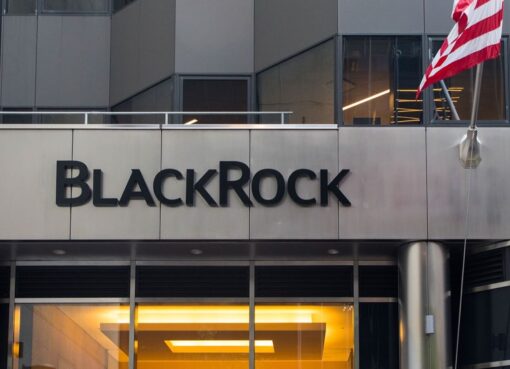Aave has emerged as a top DeFi protocol with $1.5B locked in its smart contracts. It has also become the first DeFi project to reach a $1B market cap and receive an Electronic Money Institution license from the United Kingdom Financial Conduct Authority.
Aave recently launched its Aavenomics proposal to reward both liquidity providers and AAVE holders who are taking part in the risk position and keeping the protocol safe. Stani Kulechov, the CEO of Aave, told Cryptox in a phone call that the function that allows Aave token holders to stake into the Safety Model is reportedly to attract more institutional investors and the general public to deposit into Aave.
The goal of the Aavenomics is to create a Shelling Point where the protocol’s growth, sustainability and safety take priority over individual stakeholder objectives. Kulechov explained that:
“One of the AAVE token functions allows holders to stake into a Safety Model and provide safety for those depositors.”
The Safety Model is a staking mechanism to secure AAVE tokens to act as an insurance against Shortfall Events. Financial incentives will focus on those stakers who are taking the most risk positions, says the founder.
To make the Aave protocol governance more decentralized, the project will migrate the original LEND token to AAVE. It will go through a Genesis Governance vote at a proposed rate of 100 LEND per 1 AAVE. The governance is said to either accept the proposed rate or not in the coming weeks.
The total supply of AAVE will be 16 million tokens. Thirteen million AAVE tokens will be redeemed by LEND. This means the supply of the Aave token will be less compared LEND. The reason is more of a technical upgrade than anything, according to Kulechov. A new mint AAVE function is added for “protocol security.” He explained that:
“If there is a smart contract bug, or there is a failed liquidation or some sort of an event that there is a deficit into the protocol, minting more AAVE is said to save protocol deficit.”
A reserve of 3 million Aave token has been set aside to incentivize protocol developers in the future. He says:
“If someone is building some interesting functionality for the protocol, this reserve can be utilized to support those kinds of actions.”
Kulechov stressed that the interoperability of protocols in Ethereum’s DeFi ecosystem is critical for making the current DeFi market evaluation possible. He added that:
“The key factor for the substantial growth in the DeFi space depends on an infrastructure where developers can use one or two baseline protocols and build other protocols on top of them.”
He said the projects being built are experimental in nature, with DeFi providing a playground for developers and users. DeFi’s ultimate goal, according to Kulechov is to remove the inefficiencies of traditional finance and provide a permissionless infrastructure that allows people to access the financial system without any barriers.
Kulechov pointed out that currently, there are about 30 different access points for users to access the Aave protocol. Crypto wallets allow people to utilize the protocol and deposit stablecoins and other funds to earn interest.
The permissionless system is also a key factor for cryptocurrency mass adoption. The founder explained that being permissionless means anyone and everyone can build functionality into DeFi:
“Any developer from different parts of the globe can build a new financial or non financial application that uses Aave anywhere and anytime because our protocol is accessible to developers and that’s an important factor for adoption.”
Kulechov sees DeFi protocols will run themselves permissionlessly to execute smart contracts. Regulations in the future will focus on the process of creating smart contracts and ensuring the smart contracts are secure enough to implement in the mainnet.
“DeFi is like the ocean where the ocean is not regulated but the ports such as smart contracts that lead to the ocean should be regulated.”




